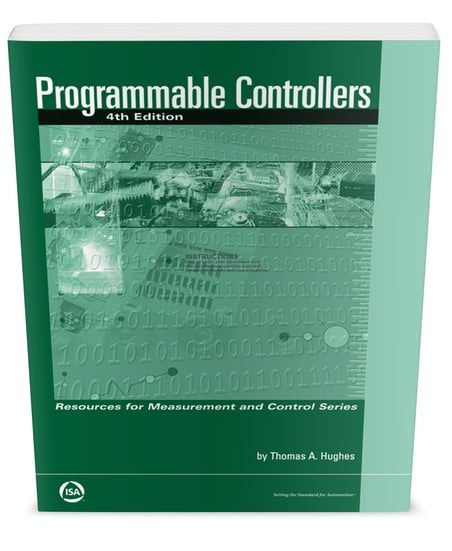AutoQuiz is edited by Joel Don, ISA's social media community manager.
Today's automation industry quiz question comes from the ISA Certified Automation Professional certification program. ISA CAP certification provides a non-biased, third-party, objective assessment and confirmation of an automation professional's skills. The CAP exam is focused on direction, definition, design, development/application, deployment, documentation, and support of systems, software, and equipment used in control systems, manufacturing information systems, systems integration, and operational consulting. Click this link for more information about the CAP program. The following question comes from the CAP study guide, Performance Domain III, System Design, Design, specify, and procure the hardware/software used in the system.

What is the resistance of 1,000 feet (304.8 meters) of copper wire (specific resistance = 10.37) given a cross-sectional area of 10370 cmil (5.255 square millimeters) and a wire temperature of 20°C? (Given R = r L/A)
a) 1 Ω
b) 2 Ω
c) 10 Ω
d) 100 Ω
e) none of the above
Circular mil (cmil) is a unit of area, equal to the area of a circle with a diameter of one "mil." A mil is one thousandth of an inch.
In the U.S., the National Electrical Code uses the circular mil to define wire sizes larger than 4/0 AWG.
The resistance of a length L (ft) of a conductor can be determined using the specific resistance and the cross-sectional area A (cmil) by using the equation R = r L/A.
The specific resistance (r) has units of (ohms•cmil)/ft.
The question gives the wire temperature because resistance increases with temperature in metal. 20°C is standard temperature, and this information assures the temperature is not a factor.
Answer A, 1 Ω, is correct.
Reference: Thomas A. Hughes, Programmable Controllers, ISA Press.





